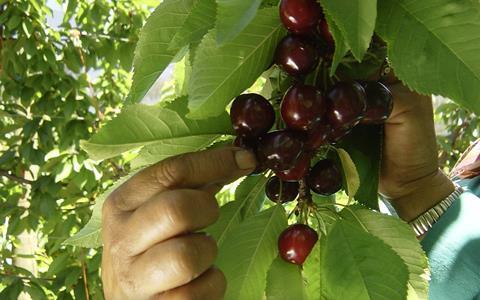New varieties will provide fresh impetus for growth in the country’s cherry industry
South Africa is relatively young as a cherry export industry, but recent developments are expected to stimulate a significant increase in exports in future.

While the UK is now the biggest receiver, markets in the east are an attractive destination for the industry.
Exporters have said demand in these markets for the South African fruit is already high.
Optimism for future growth is driven by a whole range of new varieties, and growers are now ready to plant these with confidence.
“South Africa has an earlier season than Chile, and long-standing relationships with the trade established through marketing our apples and pears gives us a great entry point,” said Calla du Toit, procurement manager at Tru-Cape Fruit Marketing, one of the country’s leading exporters.
“We may just now see a second wave of plantings and growth because the cherries fit in well with production windows in the apple and pear industry.”
Exports of South African cherries have more than doubled between 2021 and 2023.
“This year we are on track to increase our crop by between 15 and 25 per cent if good conditions continue,” he noted. ”It is less than 61 days from blossom to harvest, and the next two months will be crucial for us.”
Last year the industry produced around 2,000 tonnes, of which 45 per cent was exported, mostly to the UK.
“However, we also increased sales to the Middle East and the Far East and Asia,” Du Toit confirmed. ”This is where we see great opportunities in future.”
In the east, Malaysia and Hong Kong are established markets, and now there is also interest from Vietnam.
“Most of these exports go to our regular receivers of apples and pear and it is a natural extension of our business,” he said.
South Africa may well now be at the start of another increased wave of production, Du Toit outlined.
“The last two-years growers have tested a number of exciting new red cherry varieties and as they gain confidence with these varieties, we may well see rapid expansion.”
The South African season falls mainly in December and January, a time when the apple and pear industry is relatively quiet with coldstores empty.
“There are also more shipping opportunities because the peaks of the stone fruit and table grape seasons arrives a bit later,” Du Toit added.



